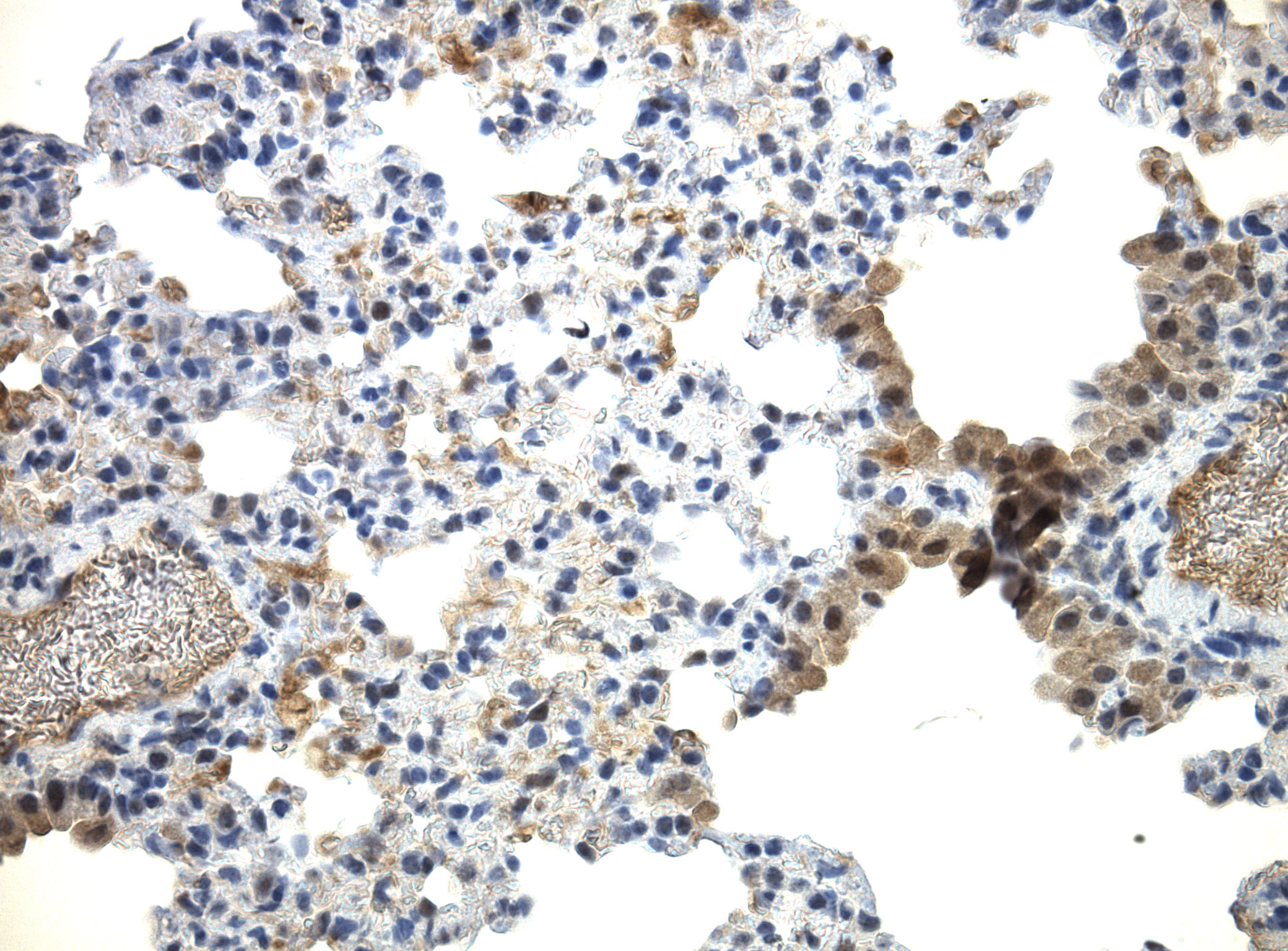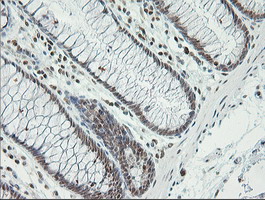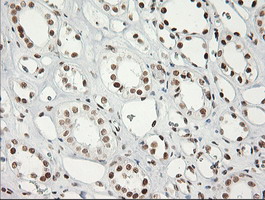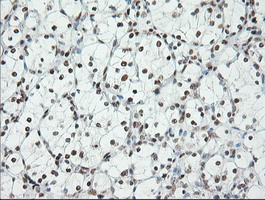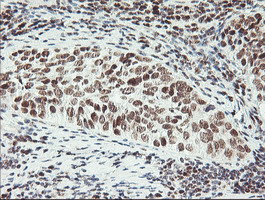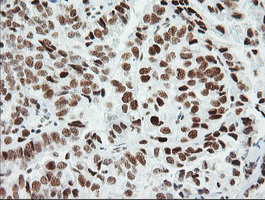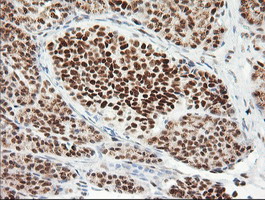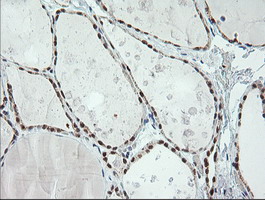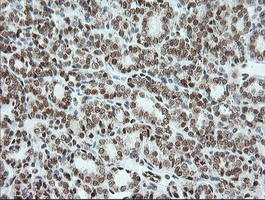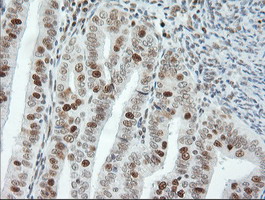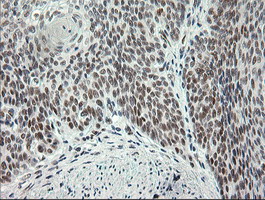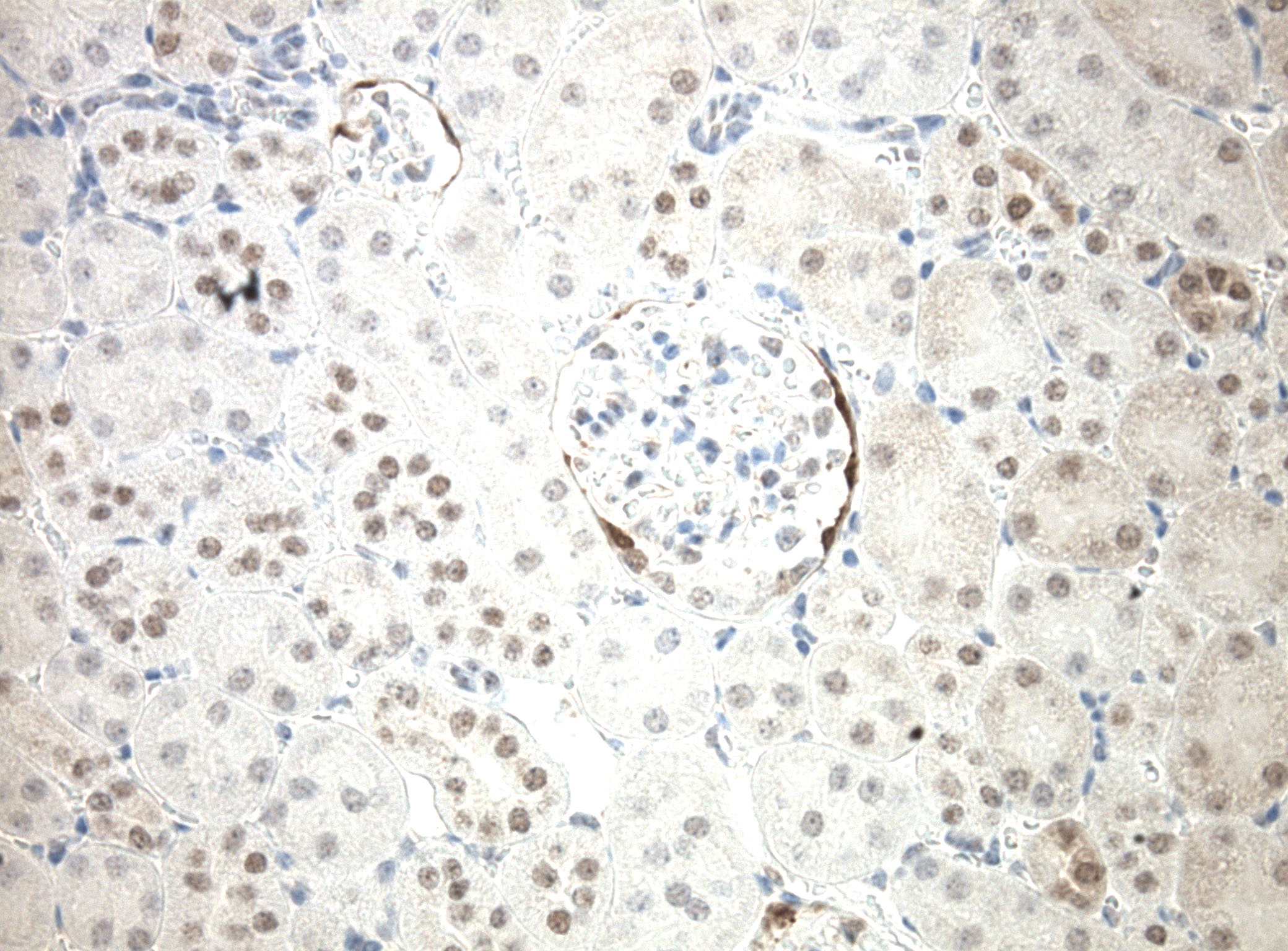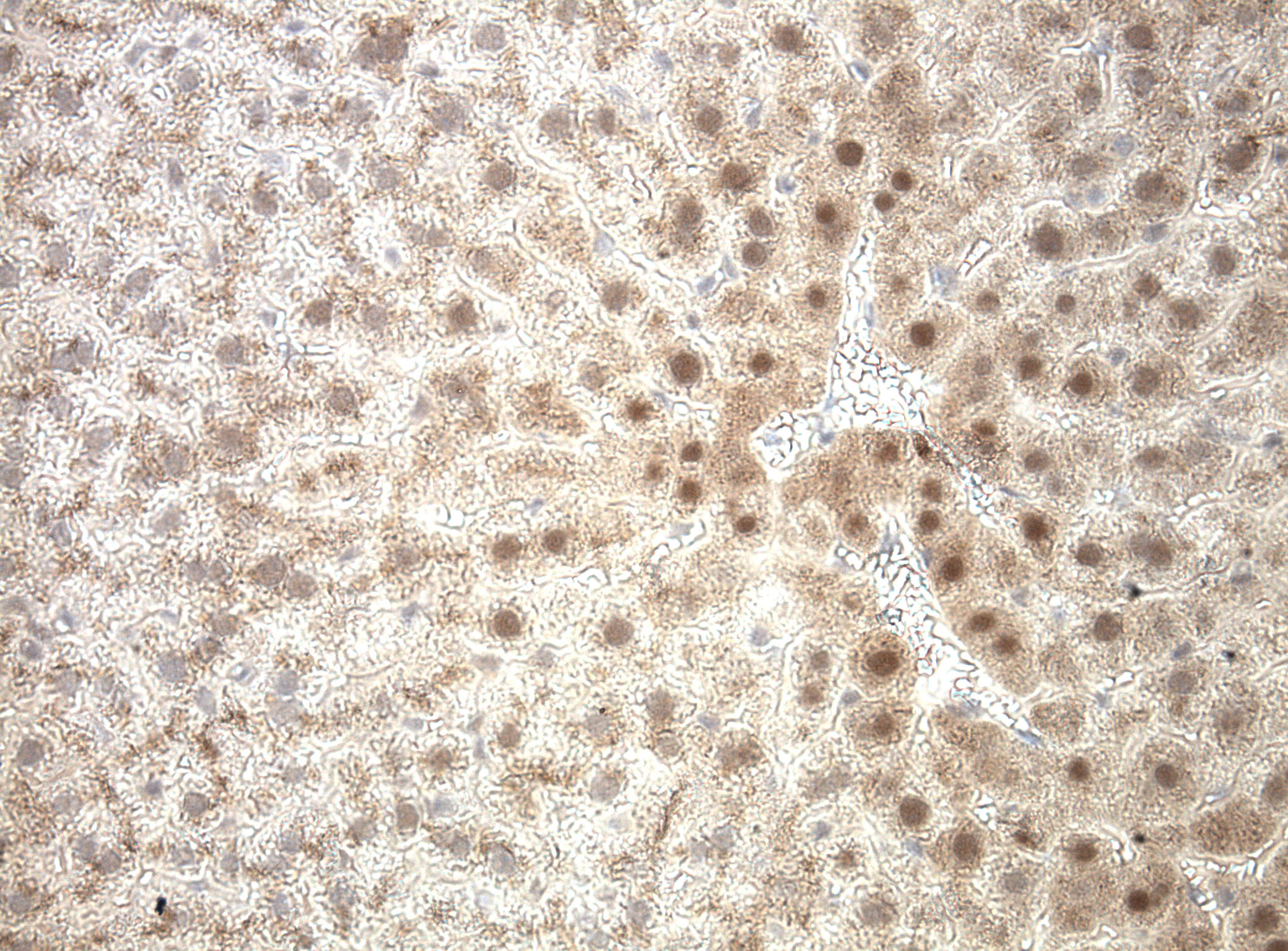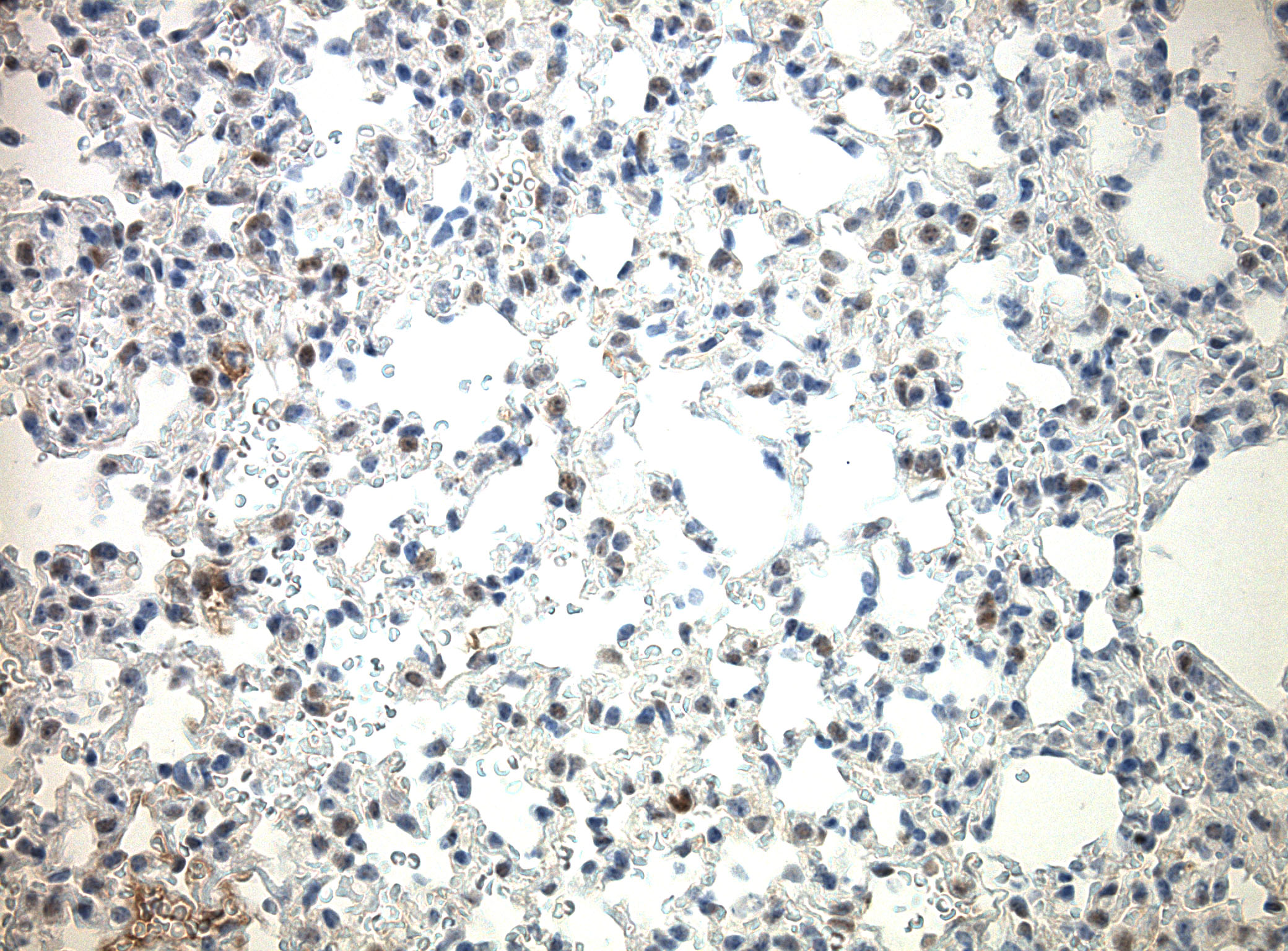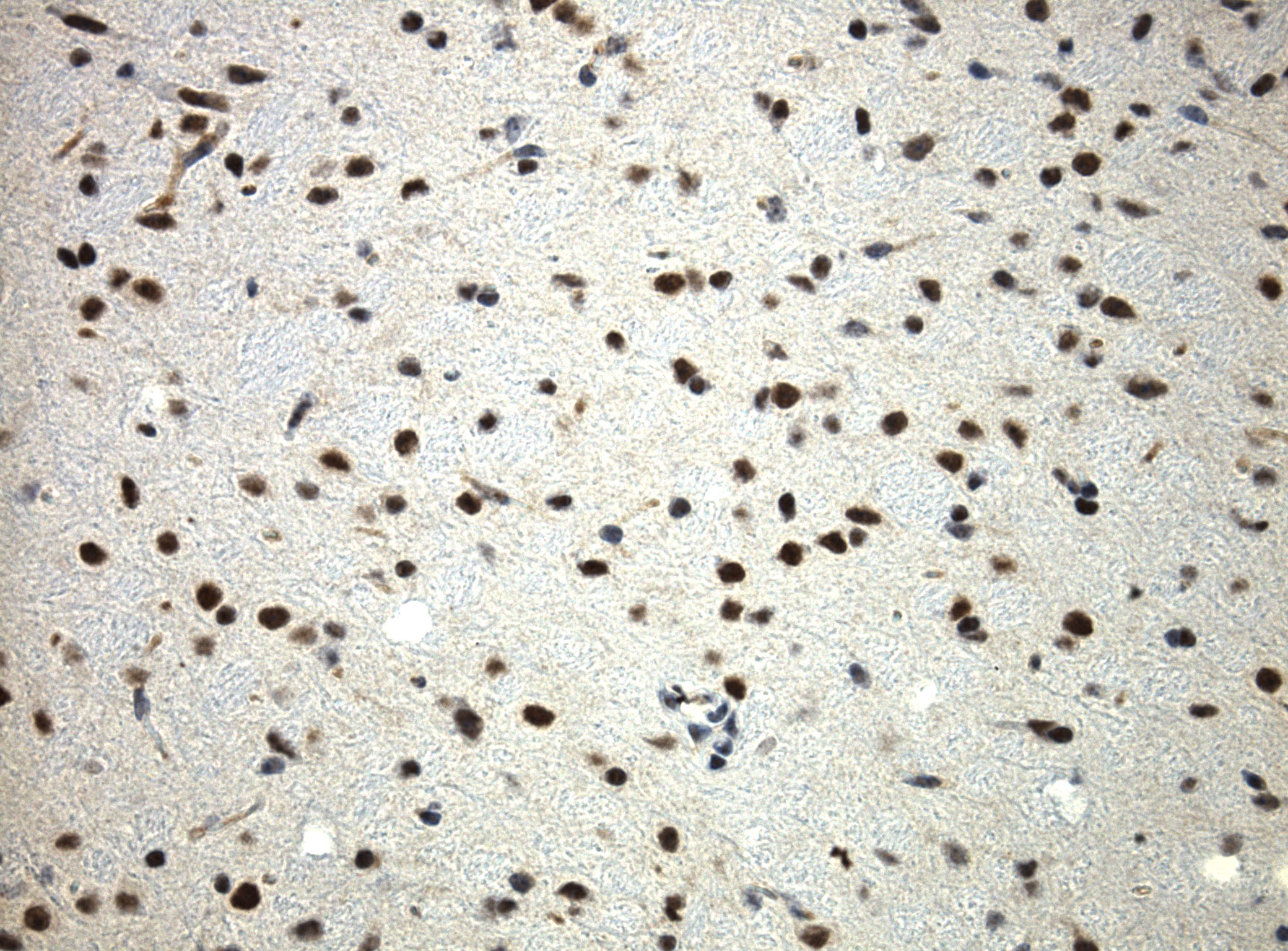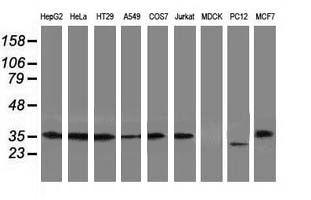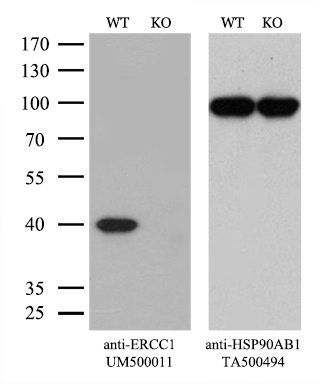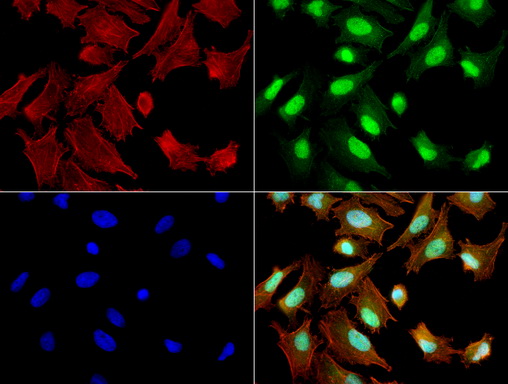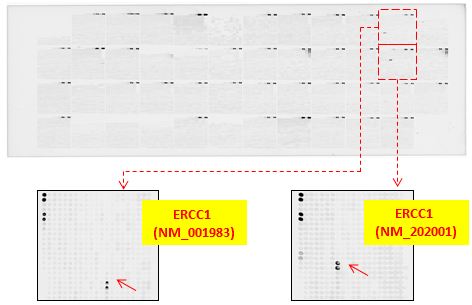ERCC1 Mouse Monoclonal Antibody [Clone ID: 2E12]
CAT#: UM500011CF
Carrier-free (BSA/glycerol-free) ERCC1 mouse monoclonal antibody, clone 2E12
Formulation: Standard
View other "2E12" antibodies (2)
Need it in bulk or conjugated?
Get a free quote
CNY 4,999.00
CNY 300.00
CNY 1,430.00
Specifications
| Product Data | |
| Clone Name | 2E12 |
| Applications | 10k-ChIP, IF, IHC, WB |
| Recommend Dilution | WB 1:500~1000, IHC 1:150, IF 1:100, FLOW 1:100 |
| Reactivity | Human, Rat, Monkey, Mouse |
| Host | Mouse |
| Clonality | Monoclonal |
| Immunogen | Full length human recombinant protein of human ERCC1 (NP_973730) produced in HEK293T cell. |
| Formulation | Lyophilized powder (original buffer 1X PBS, pH 7.3, 8% trehalose) |
| Reconstitution Method | For reconstitution, we recommend adding 100uL distilled water to a final antibody concentration of about 1 mg/mL. To use this carrier-free antibody for conjugation experiment, we strongly recommend performing another round of desalting process. (OriGene recommends Zeba Spin Desalting Columns, 7KMWCO from Thermo Scientific) |
| Purification | Purified from mouse ascites fluids or tissue culture supernatant by affinity chromatography (protein A/G) |
| Conjugation | Unconjugated |
| Storage Condition | Store at -20°C as received. |
| Predicted Protein Size | 32.4 kDa |
| Gene Name | ERCC excision repair 1, endonuclease non-catalytic subunit |
| Database Link | |
| Background | The product of this gene functions in the nucleotide excision repair pathway, and is required for the repair of DNA lesions such as those induced by UV light or formed by electrophilic compounds including cisplatin. The encoded protein forms a heterodimer with the XPF endonuclease (also known as ERCC4), and the heterodimeric endonuclease catalyzes the 5' incision in the process of excising the DNA lesion. The heterodimeric endonuclease is also involved in recombinational DNA repair and in the repair of inter-strand crosslinks. Mutations in this gene result in cerebrooculofacioskeletal syndrome, and polymorphisms that alter expression of this gene may play a role in carcinogenesis. Multiple transcript variants encoding different isoforms have been found for this gene. The last exon of this gene overlaps with the CD3e molecule, epsilon associated protein gene on the opposite strand. [provided by RefSeq] |
| Synonyms | COFS4; RAD10; UV20 |
| Reference Data | |
| Protein Families | Druggable Genome |
| Protein Pathways | Nucleotide excision repair |
Documents
| Product Manuals |
| FAQs |
| SDS |
Resources
| 抗体相关资料 |


 United States
United States
 Germany
Germany
 Japan
Japan
 United Kingdom
United Kingdom
 China
China

